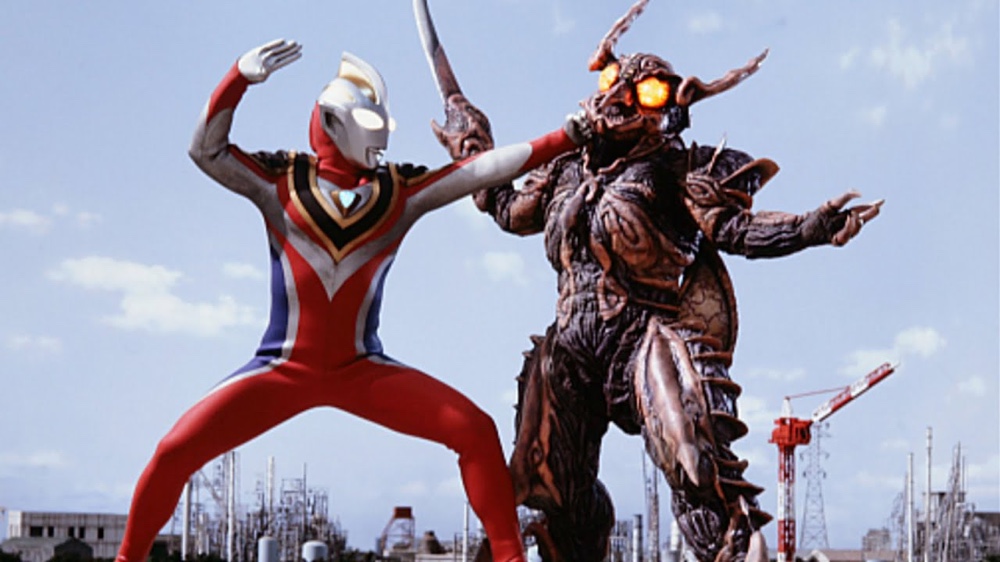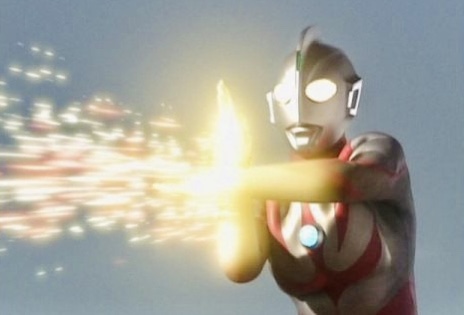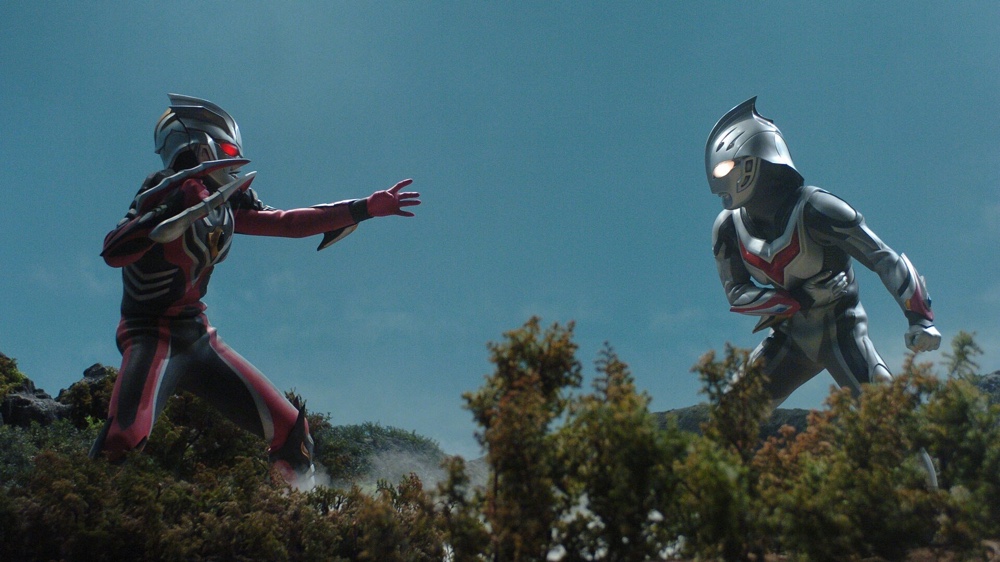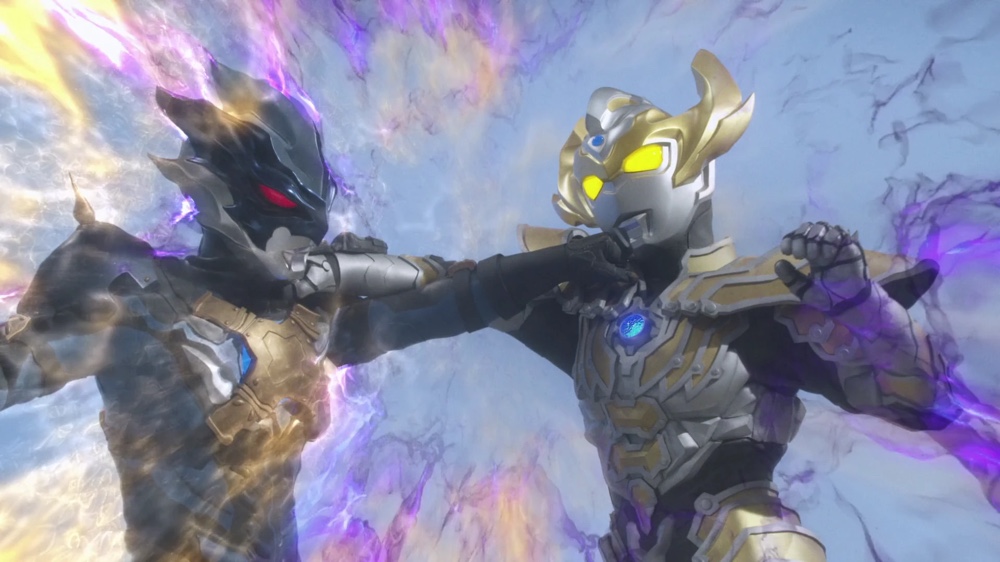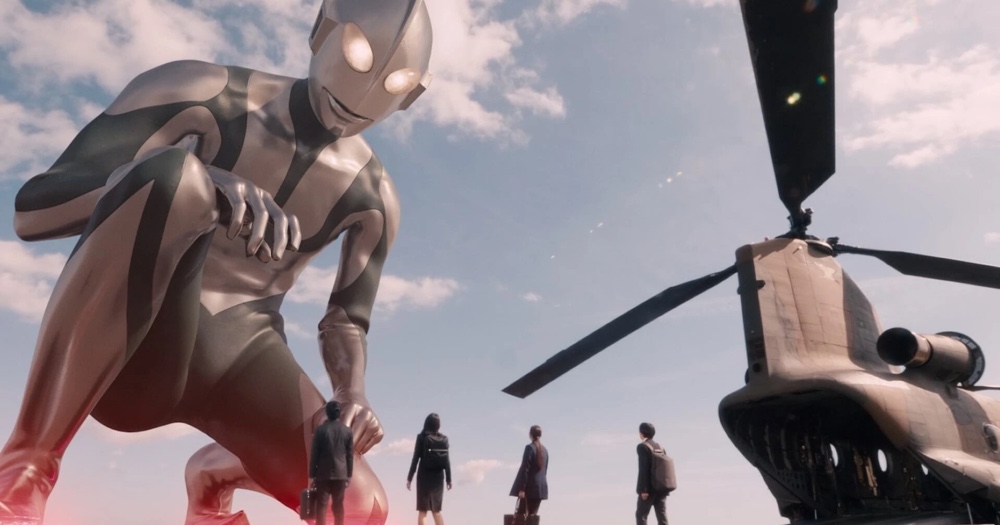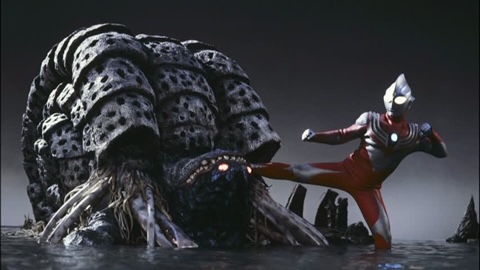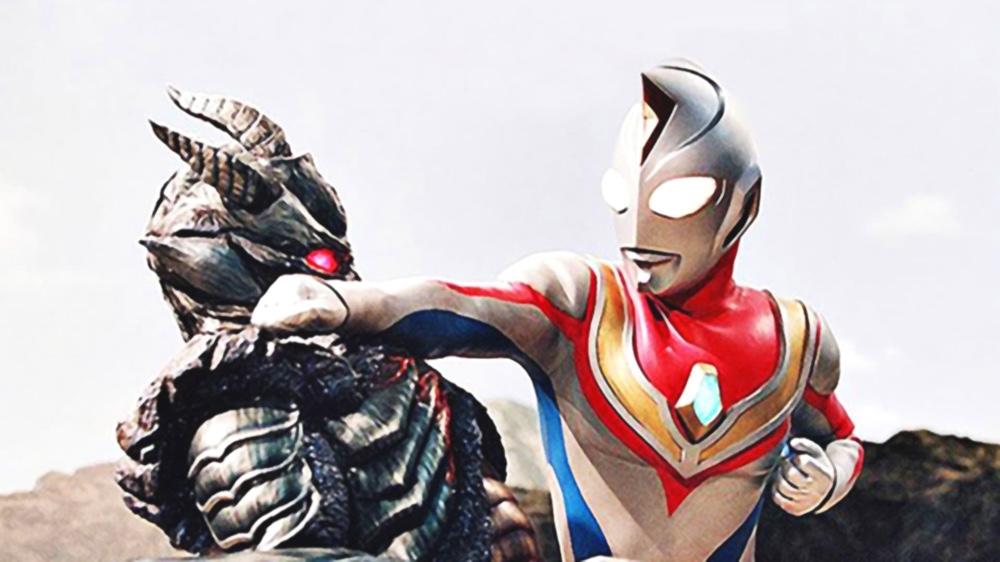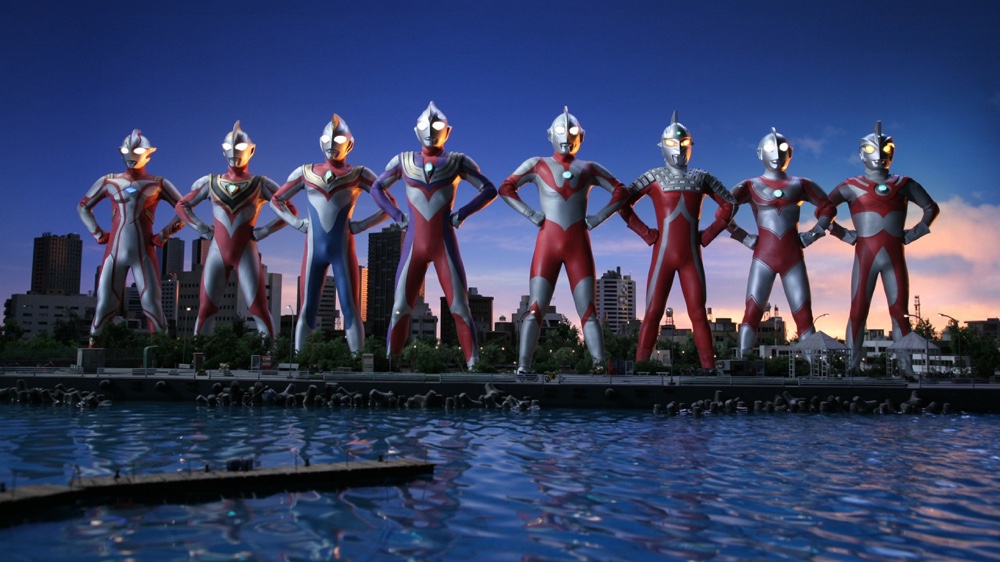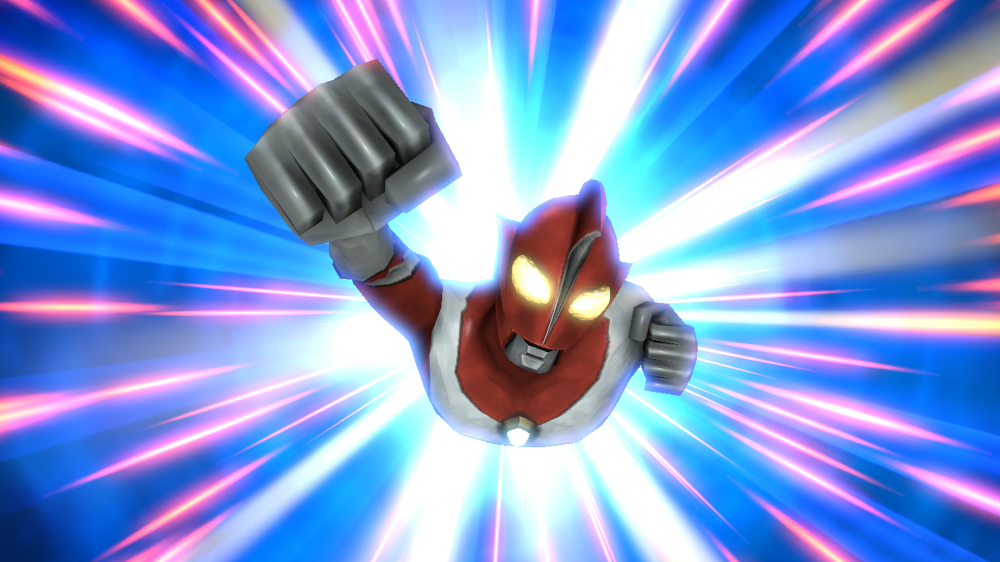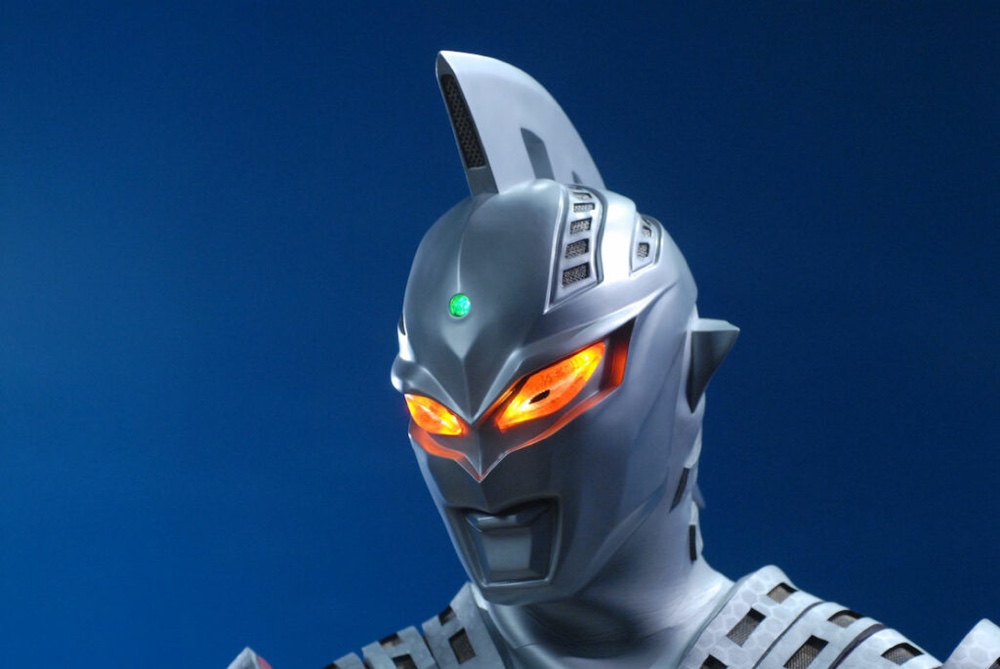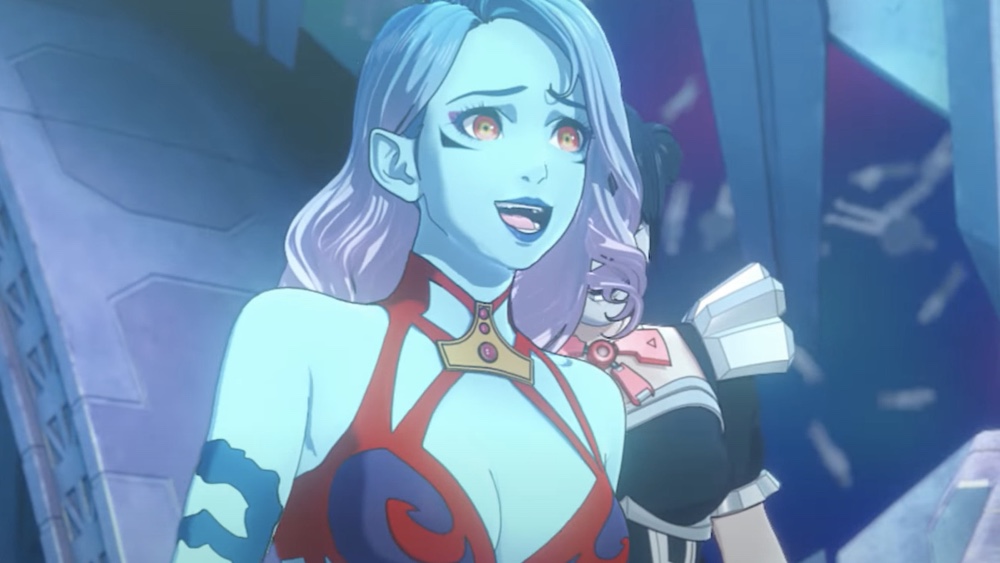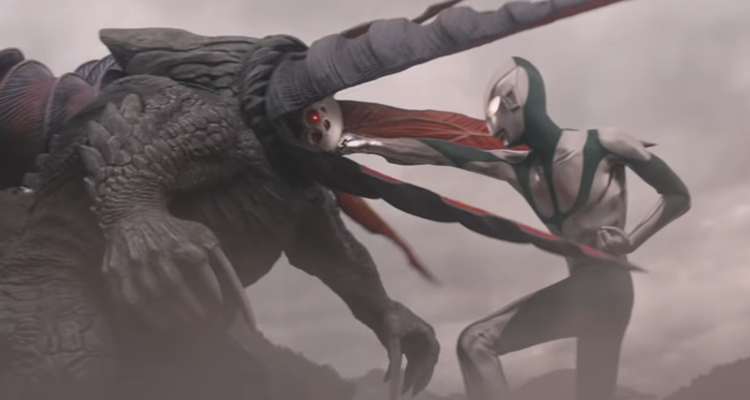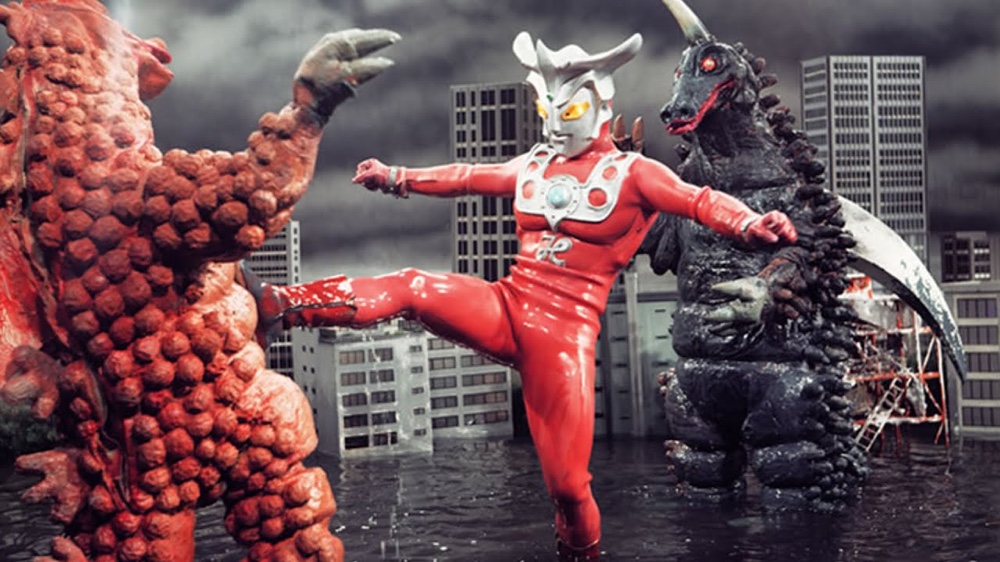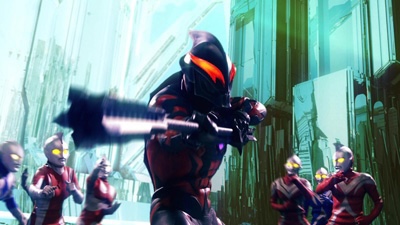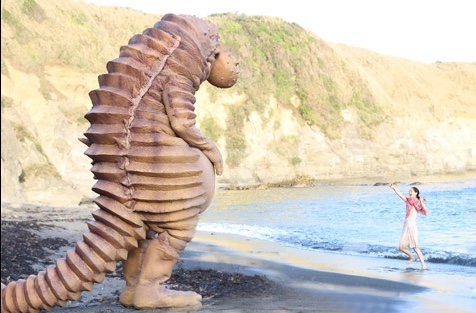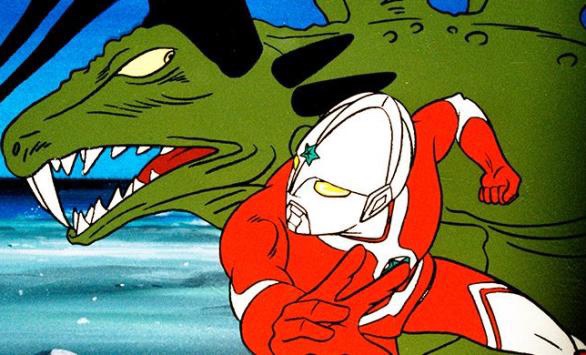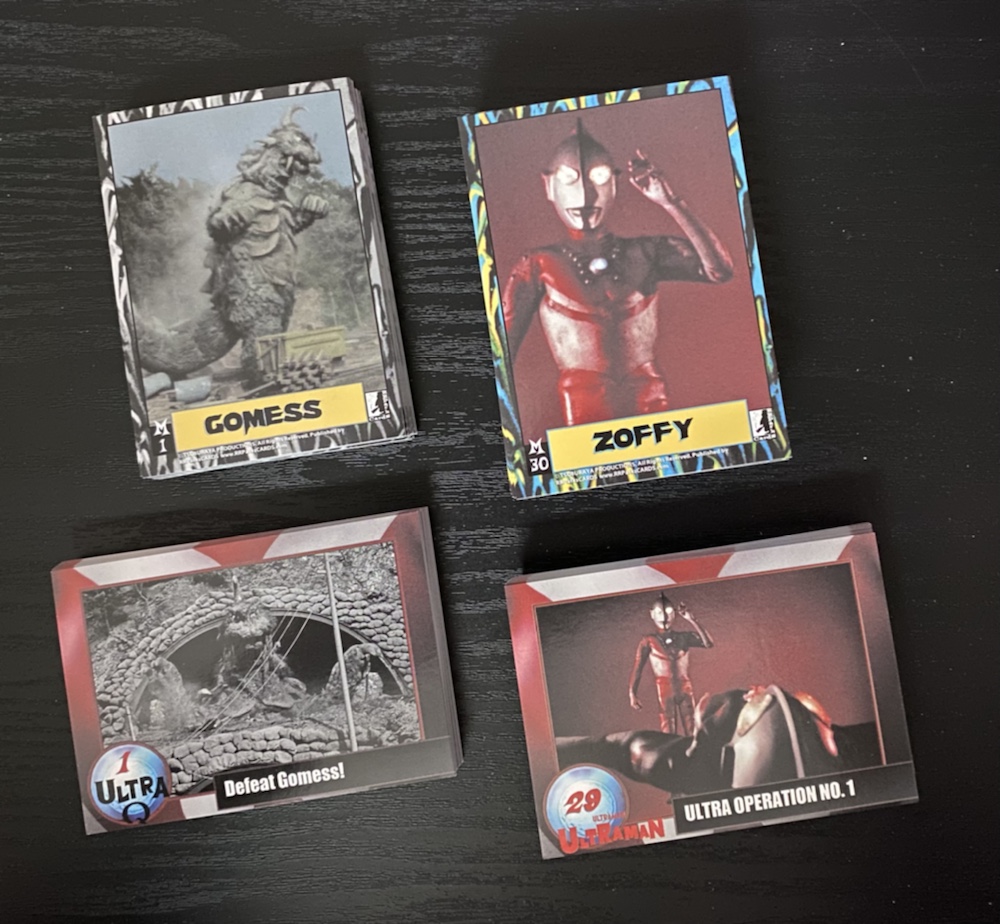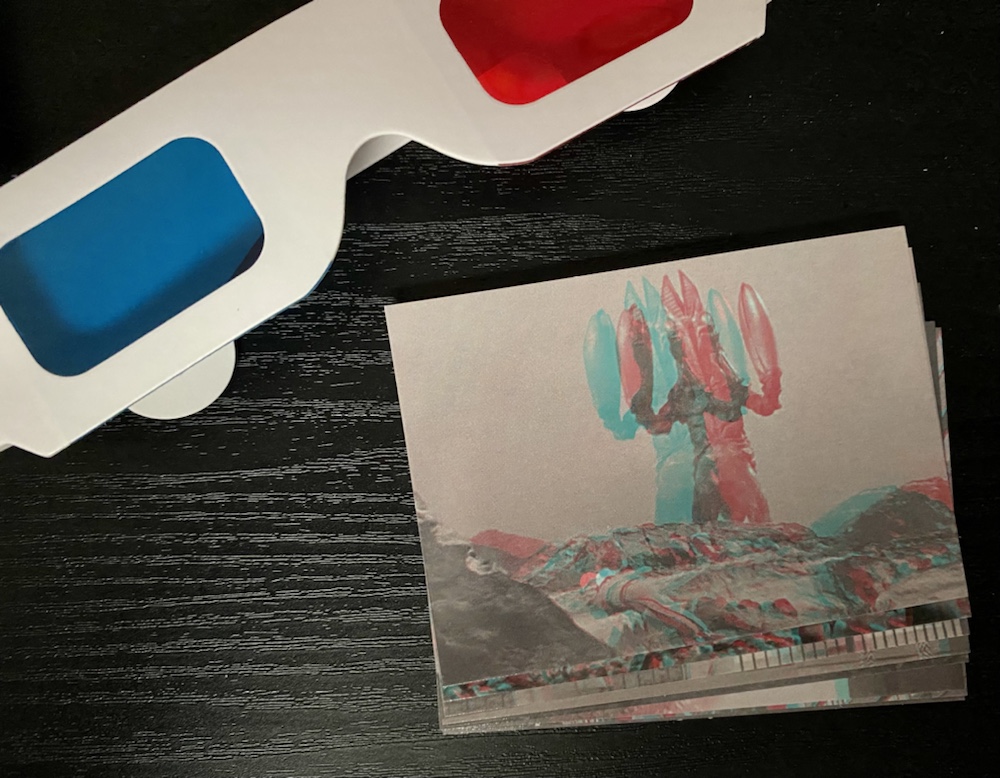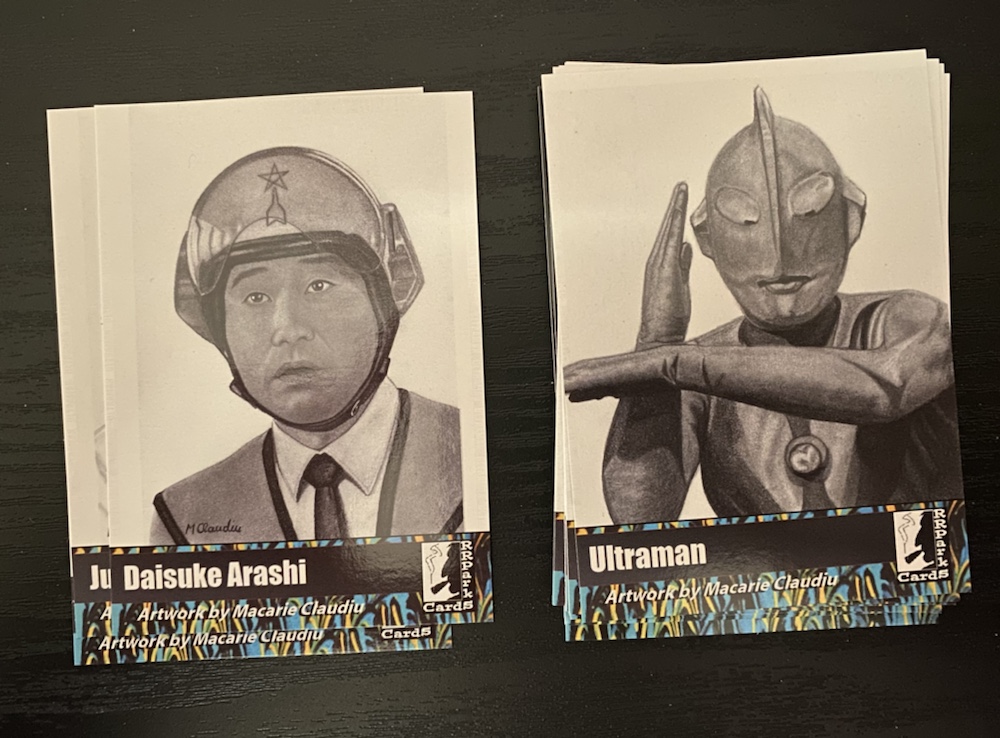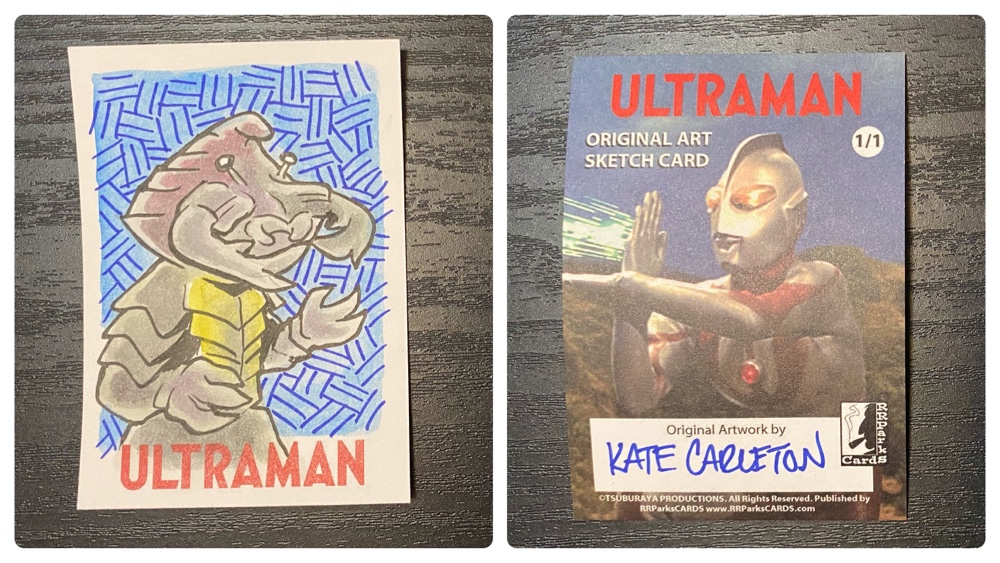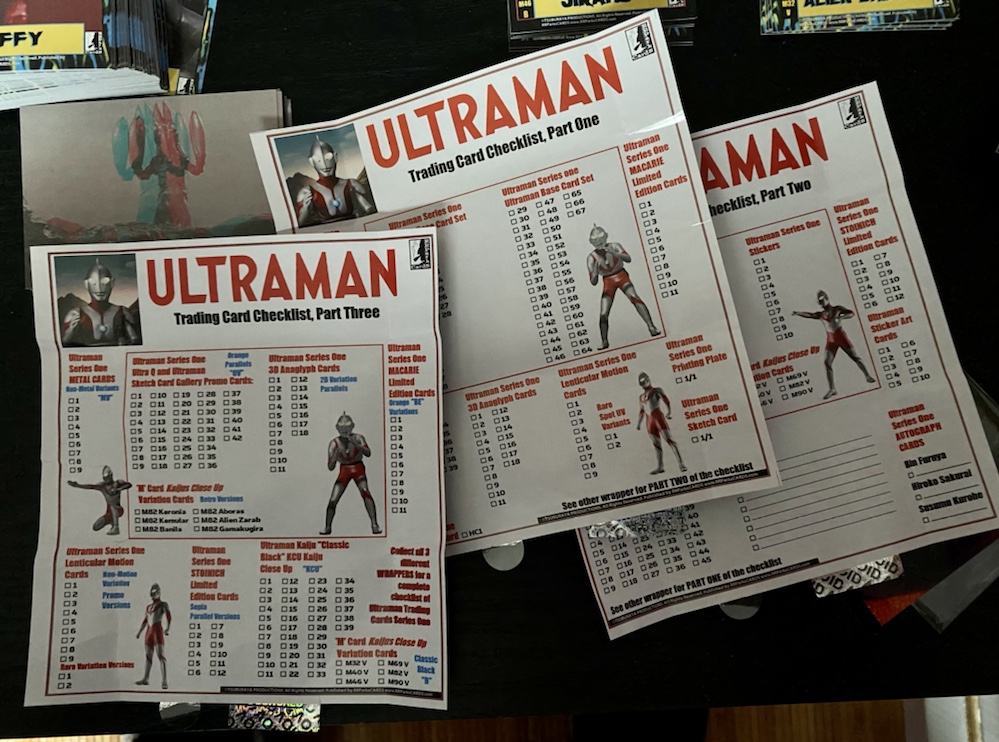In 1993 Tsubaraya, makers of Ultraman, released a show called ‘Lightning Superman Gridman’, also called ‘Gridman The Hyper Agent’, that I’ll here refer to simply as Gridman. Over the last few years I’ve watched the entire series, as well as a couple of truly extraordinary spinoffs. It’s time to discuss this mysterious show…

Gridman The Hyper Agent (1993, 39 episodes, 16.3 hours)
This series was created to capitalize on the popularity amongst children of home computers, and tells a story of a group of youngsters that – with the help of a mysterious being called Gridman – battle evil viruses in the ‘computer world’. It’s a bit like ‘Tron with kids’ except the humans never actually go into the computer world. Since it’s a Tsubaraya tokusatsu production, there is of course a battle in every episode between men in suits; in this case the hero Gridman and a ‘virus’ which is (of course) a giant kaiju monster. Humorously, these creatures are created by a being known as ‘Khan Digifer’, who manifests the monsters using the anger and frustration of an eternally (sort of) bullied almost-friend of the hero kids:

These are our heroes that work with Gridman to defeat him:

These days the computers on the show are hilariously dated, although it was fun to see such things as people playing games on PC-88 machines. The fight scenes are interesting since they’re always on the same set and therefore get creative with the kaiju suits to spice things up. But ultimately there’s a disconnect between the real-world and computer-world segments, and Gridman himself seems to take a back seat to the main story toward the end. I enjoyed it as a glimpse into early 1990s Japan since there’s so much on-location filming, but it doesn’t hold a candle to a good Ultraman series.

SSSS.Gridman (2018, 12 episodes, 6 hours)
To everyone’s amazement, in 2017 Tsubaraya announced an anime sequel to Gridman! Or was it a sequel…? The show was SSSS.Gridman, and it took the anime world by storm when it screened in 2018, becoming one of the most popular series of the year. The story is based around an amnesiac boy named Yuta, who discovers Gridman (yes the same one from the 1993 show) on an old computer. Gridman tells him he has a mission to complete, and thus begins a rollercoaster of events as Yuta fights to save his town from Kaiju, all the while trying to work out the many mysteries going on around him.
This show is incredible. It’s one of the best anime series ever made, and a shockingly good retelling of the Gridman story from a different perspective. What are the kaiju? Why does no-one remember their attacks or even the people killed by them? Who is Akane, the frustrated girl who creates the Kaiju for a mysterious villian on her computer? And who are Gridman’s friends who eventually turn up to help Yuta?
The visuals are bright and colorful, and the battle scenes use tokusatsu motion capture methods which gives them Ultra-DNA. The show is a love letter to Gridman via Evangelion (which itself was a love letter to Ultraman…) and countless other giant robot series, and it’s so meticulously scripted and directed that when you get to the very last shot – one of the very best final shots of any anime – you immediately want more. I can’t recommend this enough.

SSSS.Dynazenon (2021, 12 episodes, 6 hours)
After the success of SSSS.Gridman, a sequel was inevitable, and when it came in 2021 it took the series in a new and unexpected direction. Nothing from the first series returned: here we had all-new characters, all-new heroes, all-new villians and all-new kaiju. Was this even Gridman?
The story tells of a young man, Yomogi, who is recruited by a mysterious man named Gauma to help fight off a kaiju attack. Gauma does this by summoning a giant robot named Dynazenon, which can split into several independent vehicles, each piloted by Yomogi and his (new) friends. They fight the ‘Kaiju Eugenicists’ for the sake of the world itself, but as the show progresses we learn that each pilot -and Gauma – has personal struggles of their own that make the conflict even more difficult…
This is another triumph of a series, with even more over the top action and characters. The transformation scenes of Dynazenon in particular are incredible, and if you’ve ever watched any giant robot anime from the 70s or 80s you’ll be laughing out loud at how good they are. At the same time the characters are charming and their struggles resonate even after the show has ended. This is not a happy-go-lucky story of kids saving the world, perhaps unsurprising since they attend Neon Genesis high school. The mystery quota of this series is high as well – including the links to Gridman – and you’ll be guessing at what will happen until the very end. Another highly recommended series.
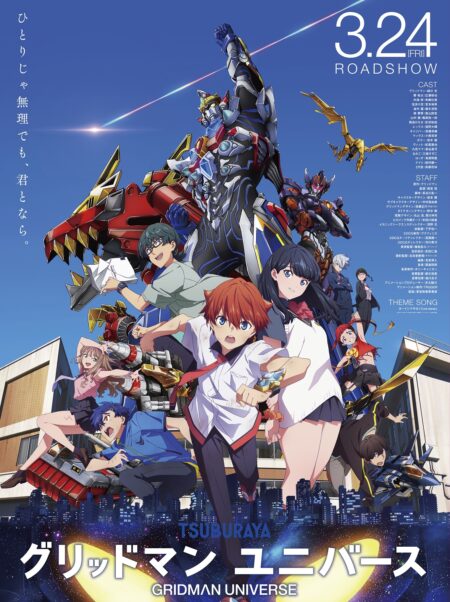
And that would be that, except for the fact that SSSS.Gridman and SSSS.Dynazenon were followed up by a theatrically released film called Gridman Universe, which was released in Japan this past March. As is often the case, this has been slow leaving Japan, and with releases in other Asian countries still a month away who knows when it will make its way to the US?
Suffice to say as soon as I can I’ll be watching this, since I want to know more about the links between Gridman and Dynazenon, but more importantly I want to see these characters again, even if just for one last time. Both these anime series are amongst my favourites ever, and I think if you give them a chance you may love them too.
